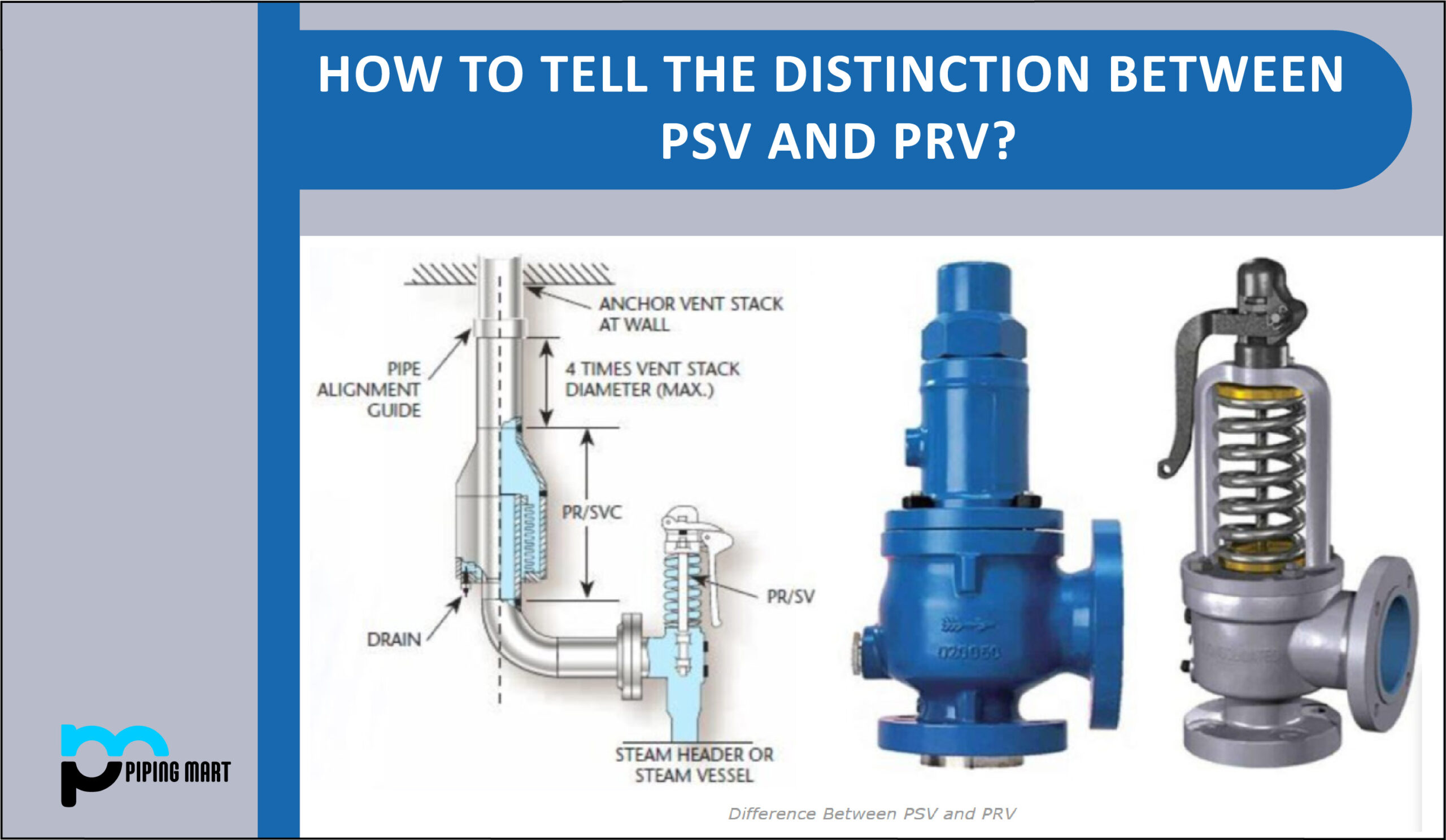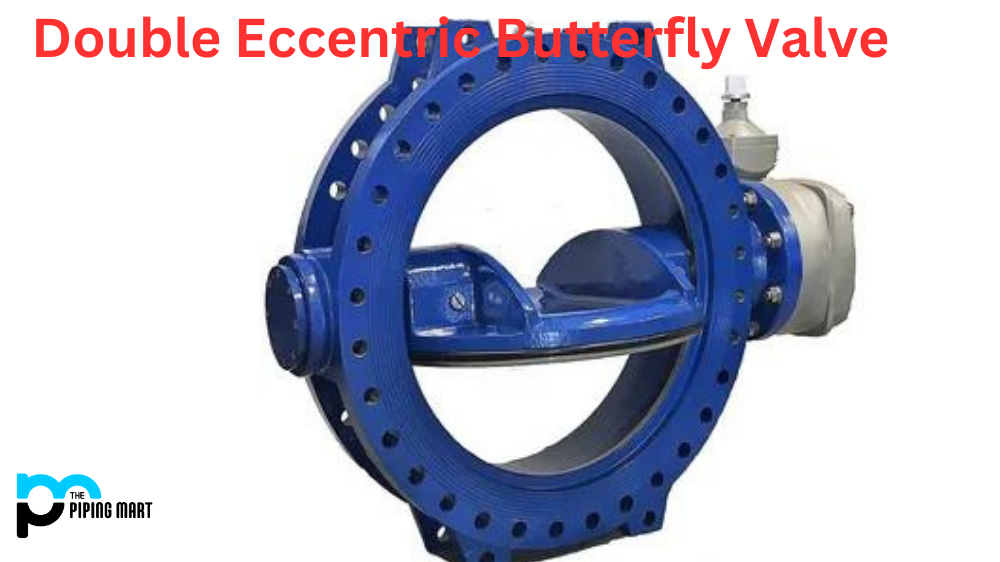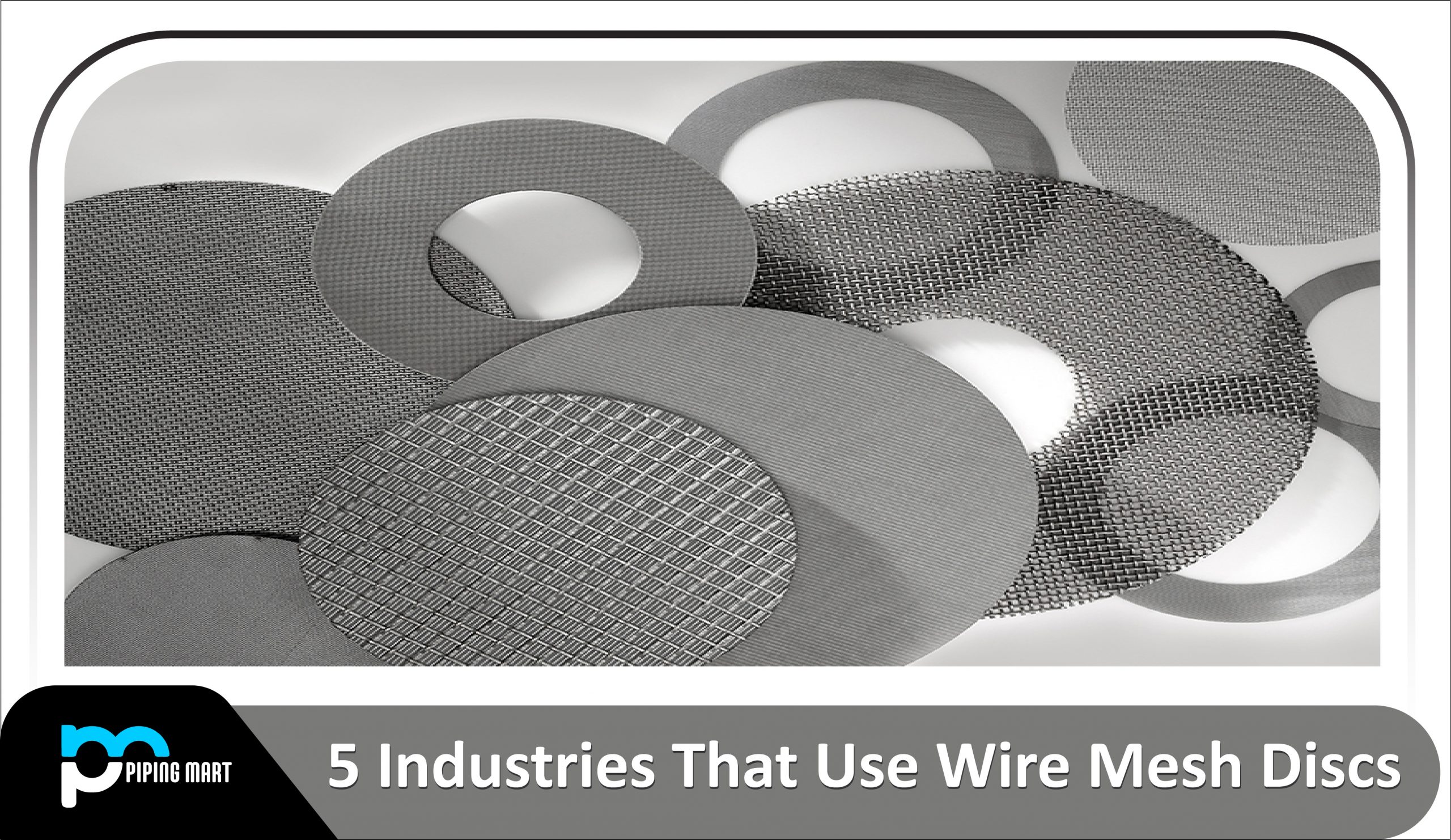In any oil and gas or chemical business, pressure safety valves (PSV) and pressure relief valves (PRV) are often used as safety equipment. These pressure safety devices, which are installed for various functions, are frequently installed, operated, and maintained.
The fundamental functional and use distinction between a pressure safety valve and a pressure relief valve is frequently misinterpreted. Understanding these essential variations will enable us to recognize the requirements for various piping components and can support the rationale for their installation.
What are Pressure Safety Valve & Pressure Relief Valve?
PSV and PRV are automated safety systems that protect people, property, and the environment when there is an overpressure buildup in the machinery and pipe system.
PSV and PRV are terminologies frequently used to describe pressure relief devices in a system that produces or uses pressure. These phrases are commonly used synonymously, and most engineers view them as identical parts.
To maintain the pressure on compressible fluid or gas in a pipe or vessel, a PSV valve is utilized. When the set pressure of the pressure safety valve is exceeded in a pipe or piece of equipment, the PSV opens abruptly.
Although it is employed for an incompressible fluid, the PRV’s purpose is to relieve system excess pressure. The PRV does not suddenly open. A PRV is a valve that maintains pressure in a vessel, usually holding incompressible fluid. It should open according to the pressure condition so that the valve does not open suddenly.
Difference between Pressure Safety Valve & Pressure Relief Valve (PSV vs. PRV)
PSV and PRV differ greatly in their uses, functions, and purposes. In the parts that follow, differences concerning each parameter will be described step-by-step:
- Normally, the PRV is closed and does not allow any fluid to pass. A valve that protects the system opens when pressure increases and exceeds the limit. PSV will activate to release pressure if PRV is unable to alleviate excessive pressure.
- Functionality: The PSV opens abruptly and releases pressure when the pressure reaches the predetermined limit pressure. While the PRV steadily moves fluid as the system’s pressure rises. PRV does not suddenly open.
- Fluid Type: PSV is installed in piping systems where compressible fluids, such as gases, are present. PRV, on the other hand, is intended to reduce the pressure of an incompressible fluid flow.
- Uses: A pressure relief valve is put in to release the pressure in storage tanks, while a pressure safety valve is used in vessels for separators, heaters, scrubbers, and filters.
- Set Pressure: PSV is made to automatically release excess pressure, whereas PRV is made to keep system pressure within a certain set range.
- Set Point: For PSV, the set point is often set at 3% above working pressure, whereas for PRV, it is typically 10% above the working pressure limit.
- Types: PRVs come in pop-type, direct-operated, pilot-operated, and internal relief valve varieties, while pressure safety valves come in a wide variety depending on their use and functionality.

Pipingmart is B2B portal specializes in industrial, metal and piping products. Also, share latest information and news related to products, materials and different types grades to help business dealing in this industry.




